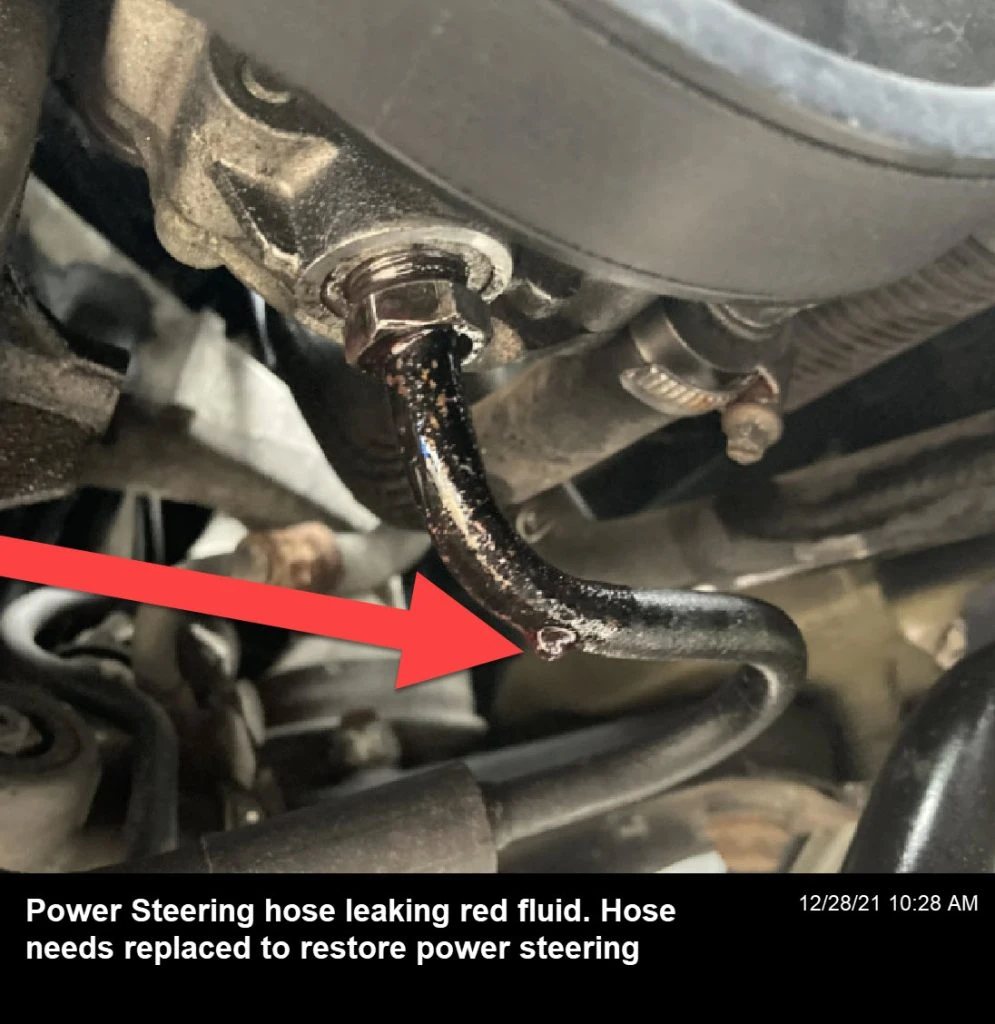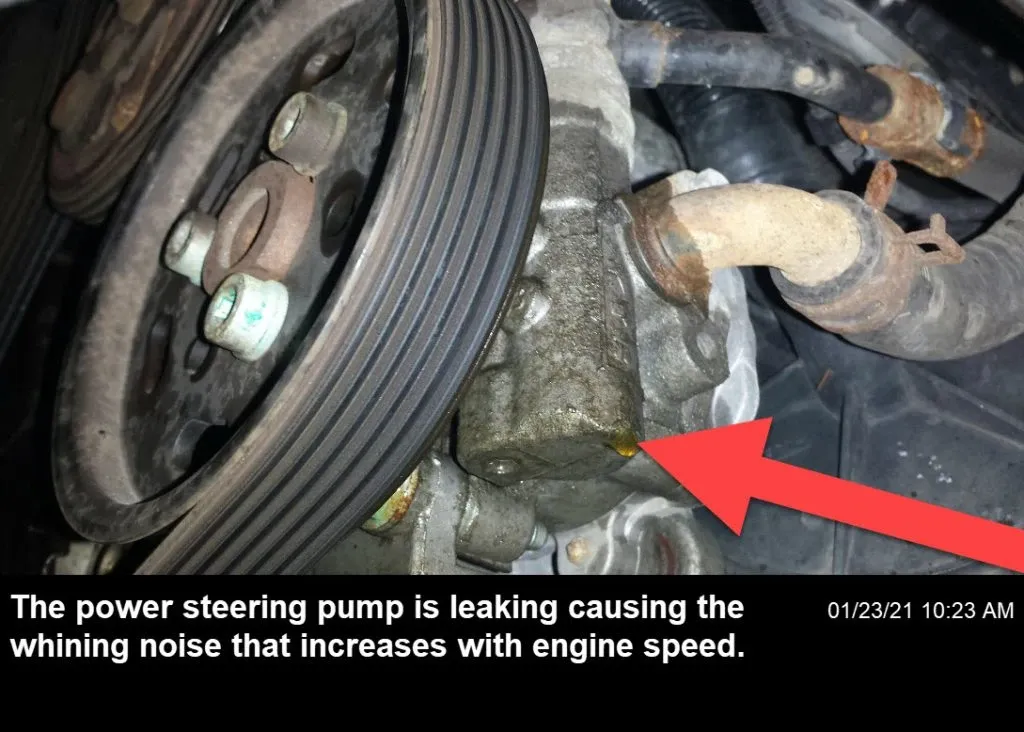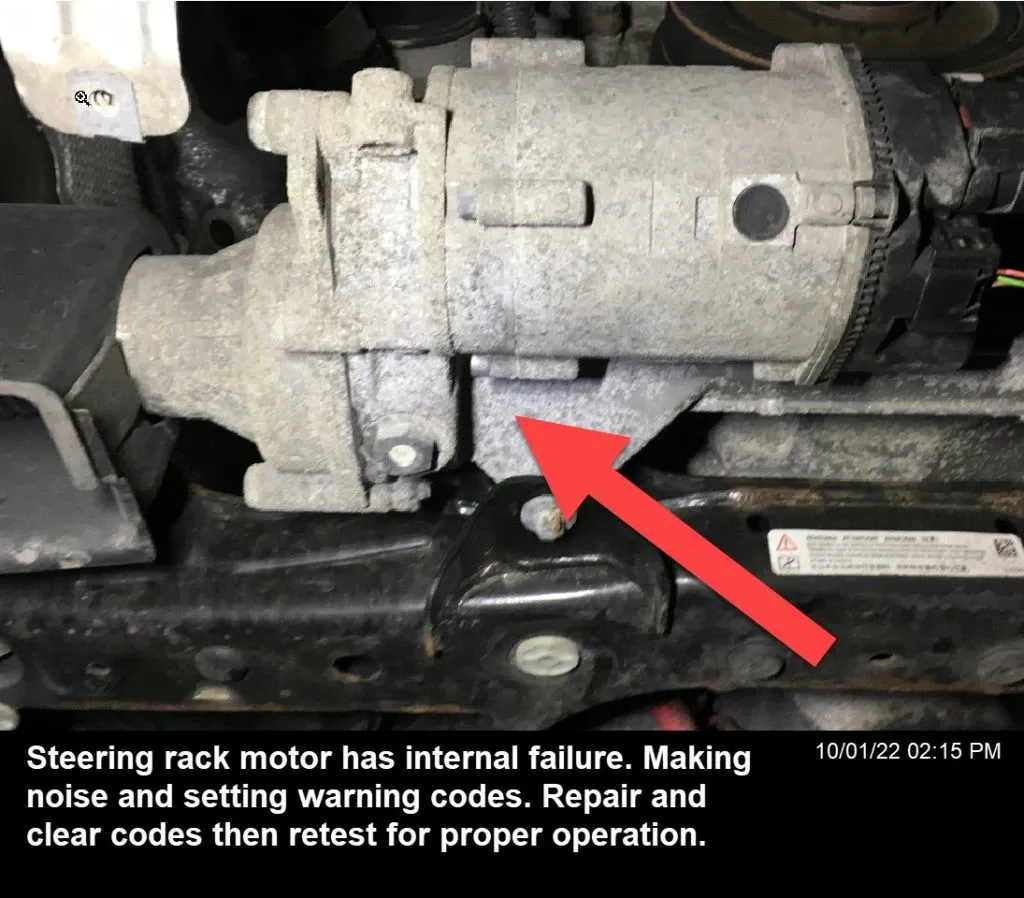
It's technically possible to drive with a leaking power steering fluid for a very short distance in emergencies, but it's highly inadvisable and potentially dangerous for several reasons:
Control and safety
1. Loss of power steering assistance: As the fluid leaks, your power steering system loses pressure, making it increasingly difficult to turn the steering wheel. This can be especially dangerous at high speeds or during emergency maneuvers.

More components to repair
2. Increased wear and tear: With less fluid, the pump and other components in the power steering system work harder, leading to accelerated wear and tear. This can result in even more expensive repairs down the line.

Deeper damage
3. Internal damage: If the system has a low power steering fluid level, the power steering pump, supply and pressure hoses, and the rack motor can overheat and seize, causing significant internal damage that could require replacing the entire system. So, check your car's power steering fluid reservoir.

Environmental risks
4. Fire hazard: Power steering fluid is generally flammable; in some cases, a power steering leak can contaminate the ground under the car and pose a fire risk at that location. As power steering leaks, it'll also seep into the environment, posing environmental risks.

What to do
Therefore, it's always best to avoid driving as power steering fluid leaks. If you notice a leak, do the following:
Stop the vehicle safely as soon as possible.
Check for signs of power steering fluid leaking.
Turn off the engine.
Call a Shop nearby (you can find one here)
Let the professionals at the shop guide you through the next steps






